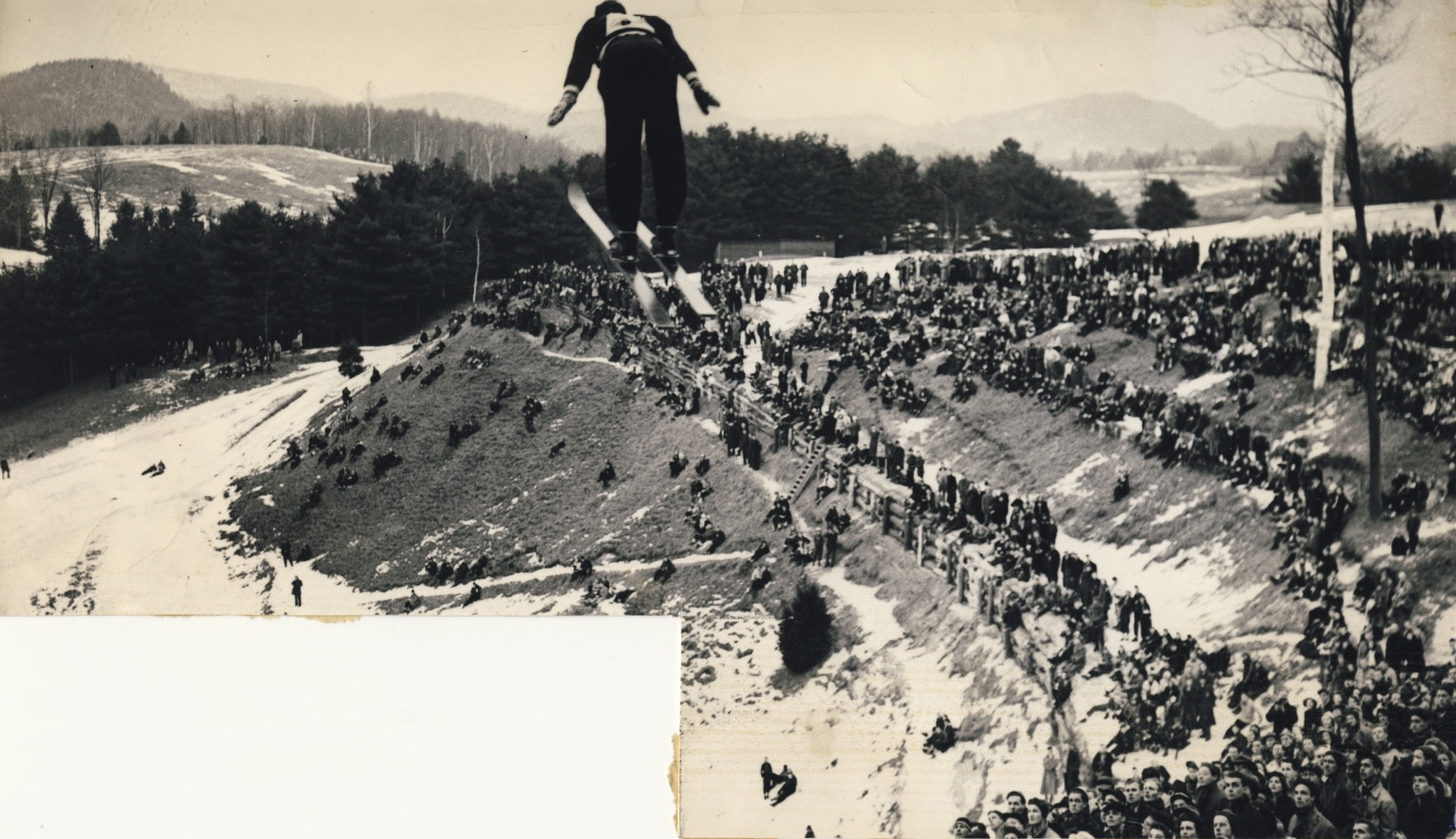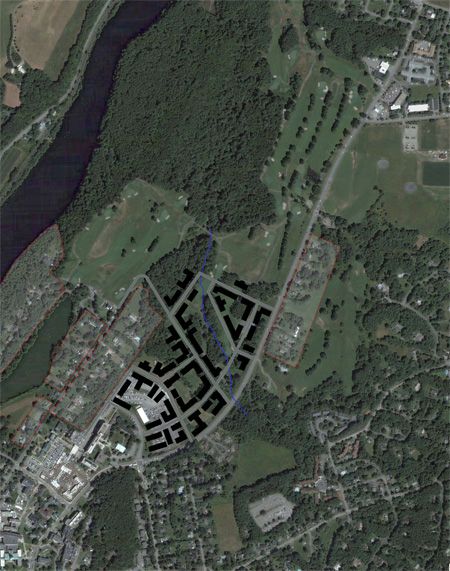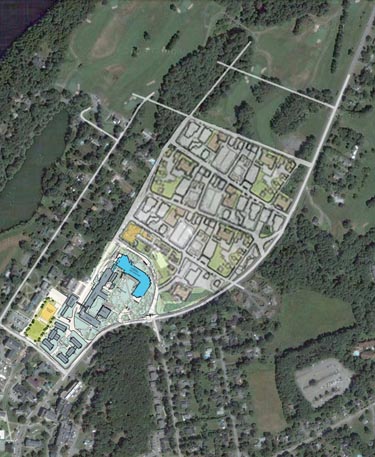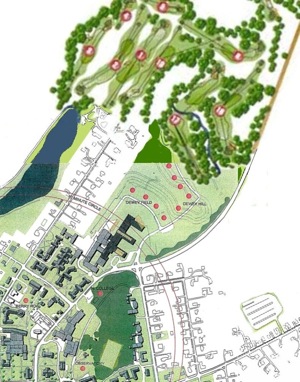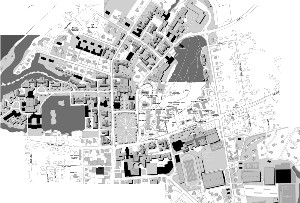-
The minutes of the Alumni Council 208th session note that “A top priority ahead is an indoor practice facility, which is under consideration for pre-campaign fundraising.”
-
The school’s new “Living[-]Learning Communities” site is up and has pages for Triangle House, etc. A link to Sasaki’s MyCampus survey is placed in a box labeled “Help Make Res Life Cool Again at Dartmouth” [ugh].
-
More on the new Thayer School buildings: Dean Joseph J. Helble, interviewed by Karen Endicott in “Growth Factors,” Dartmouth Engineer Magazine:
Clearly if we grow the faculty substantially — certainly if we double the faculty — we’re going to need a new facility…. We’re in the early stages of conceptualizing what a facility might be, and where near Cummings and MacLean it could be located. We had a first conversation at a faculty retreat in December. The next step is to engage an architectural and engineering firm to begin working with us to explore options and ultimately provide some conceptual design options for us to consider.
-
Yestermorrow Design-Build School in Warren, Vermont offers a Semester in Sustainable Building and Design, a proper exchange program, and Dartmouth students have taken part (photo).
-
A tidbit from the biography of the late David McLaughlin, Dartmouth President from 1981 to 1987. On the D-Plan:
Now, all these years later, I continue to think even more strongly that the adoption of the Dartmouth Plan was one of the most unfortunate decisions the college ever made — necessary at the time, but unfortunate.
While the Dartmouth Plan was a matter of expediency, the fact that twenty-some years later it is still in effect represents, I believe, a failure in governance and leadership.1David T. McLaughlin with Howard J. Coffin, Choices Made (Hanover, N.H.: Privately printed, 2007), 80.
-
The Archives’ amazing on-line collection continues to yield fascinating photos, such as these aerials of the Tuck School under construction; Lebanon Street, showing the then-new McNutt addition to the Inn and the complete Rogers’ Garage (part of which later became Clement Hall, the painting and sculpture studios); the rear of Mass Row and South Fairbanks, giving a rare look at the original exterior of the Beta Goat Room; and the MHMH in an early form, showing Dewey Farm buildings.
-
The decrepit old College Cleaners building on Allen Street (July 2013 Street View, July 2009 Street View showing equal decrepitude) was put up for sale last fall in a foreclosure auction.
-
Take a look at Max Van Pelt’s 2010 architecture class project: a design for a new clubhouse for the Hanover Country Club.
-
Some surplus bathroom sinks from the Hanover Inn renovation are available at Vermont Salvage in WRJ.
-
In 2005, John Thelin, author of A History of American Higher Education, “concluded that Dartmouth’s ‘history is not dispensable nostalgia or an antiquarian slide show. It’s the key to understanding the institution’s enduring vitality'” (Valley News; Thelin nominated Dartmouth to Booz Allen Hamilton’s list of enduring institutions (pdf)).
-
A tidbit from the McLaughlin biography. On the self-perpetuating board:
I long ago formed a conviction that the number of trustees nominated by a board itself should be no less than seventy-five percent of the board, and that the board and the alumni should work collaboratively on selecting the balance of the nominees, being sure that the qualifications of the nominees would relate positively to the current needs of the board, with respect to specific skills and to spheres of competence. A provision that all nominees be selected through a popular vote discourages highly successful individuals who would serve the institution if invited to do so, but who would not be willing to “run for office.” Having too great a portion of the board chosen by a process that is quite likely to exclude some of the best candidates does not, in my opinion, augur well for achieving optimum effectiveness in governance.2David T. McLaughlin with Howard J. Coffin, Choices Made (Hanover, N.H.: Privately printed, 2007), 102.
-
The Valley News has stories on Lebanon’s epochal fire of 1964. One of the stories focuses on the pedestrian mall that replaced the devastated stretch of Hanover Street. Lebanon would be the first place to look for anyone proposing to pedestrianize Hanover’s Main Street below Wheelock.
-
A report of last year’s West Wheelock Street design charrette by Plan NH is available (pdf). Excellent ideas: dense housing on the street, a new cemetery entrance, signage indicating the Appalachian Trail route, and a statue of John Ledyard.
-
Just noticed that the Association of Alumni blog was pulled at some point during the last few months.
——
